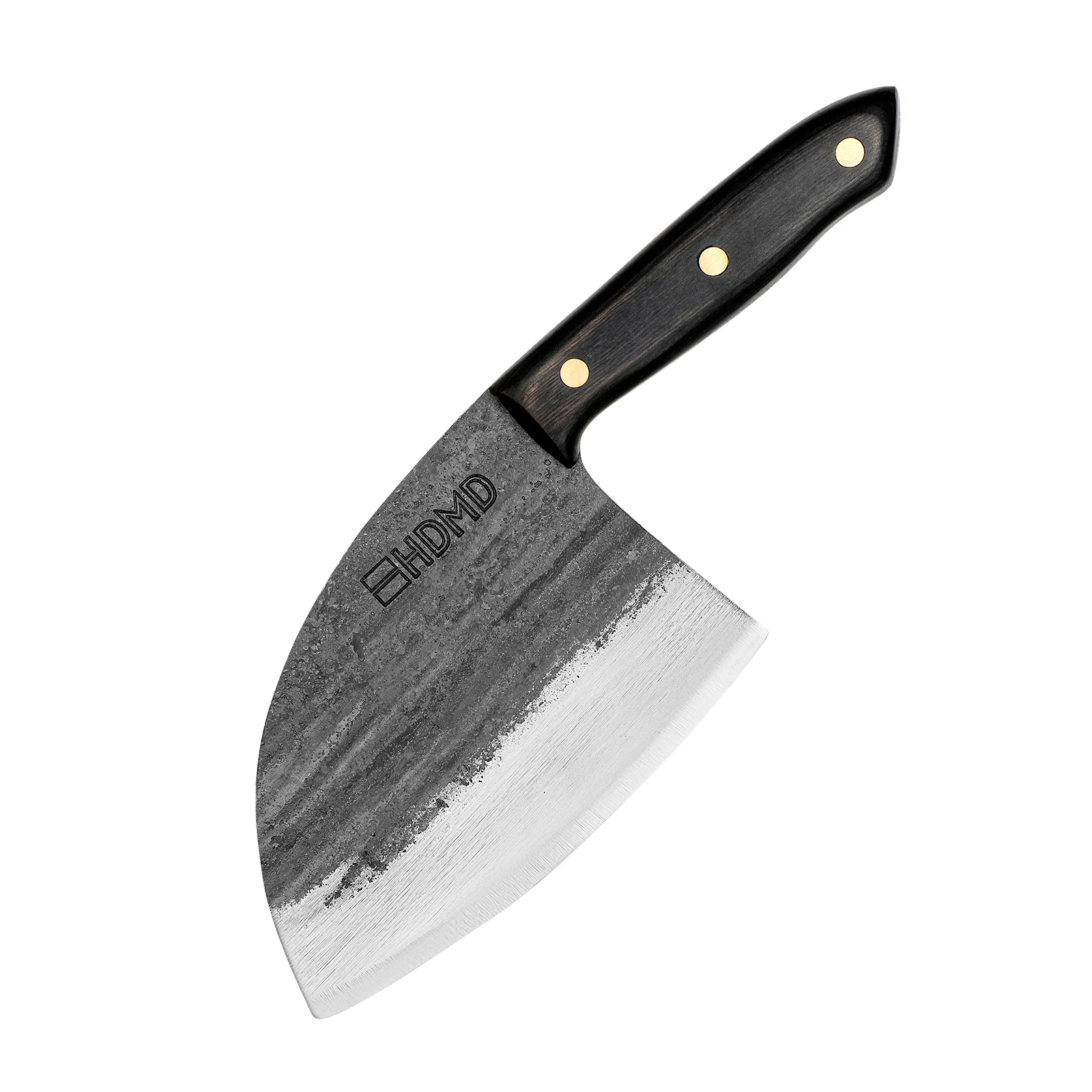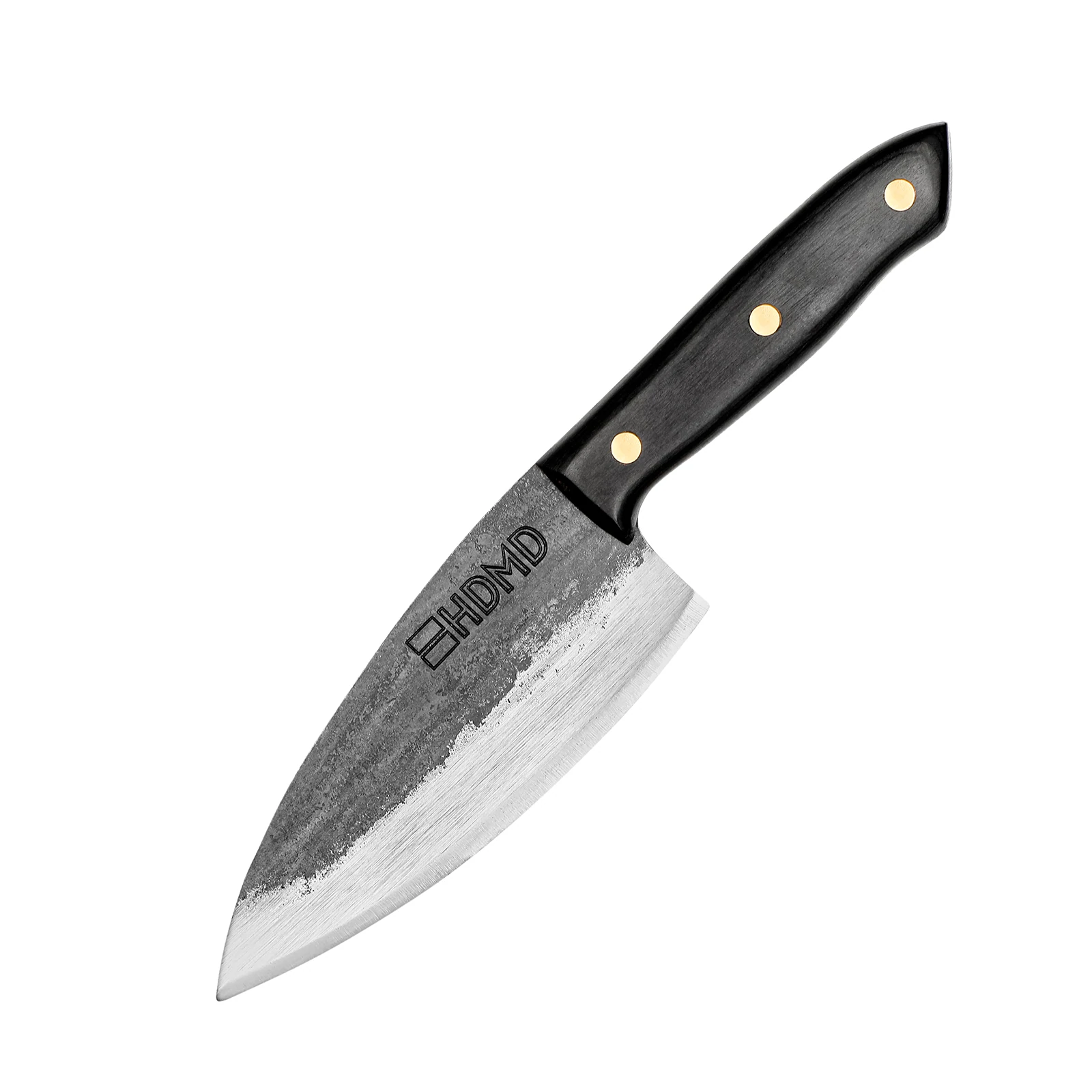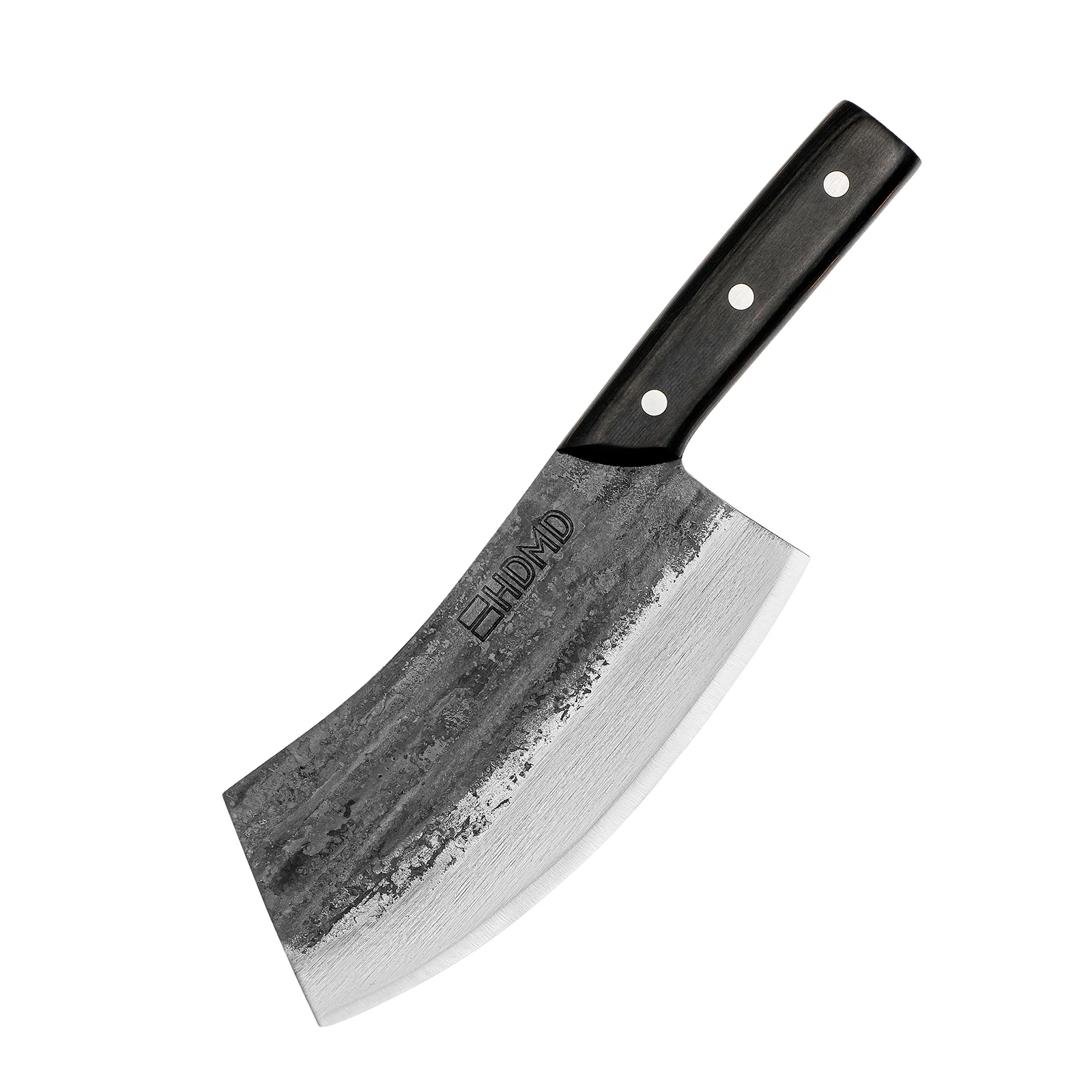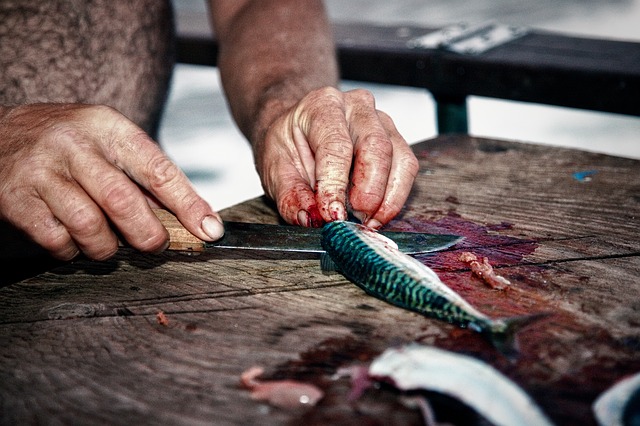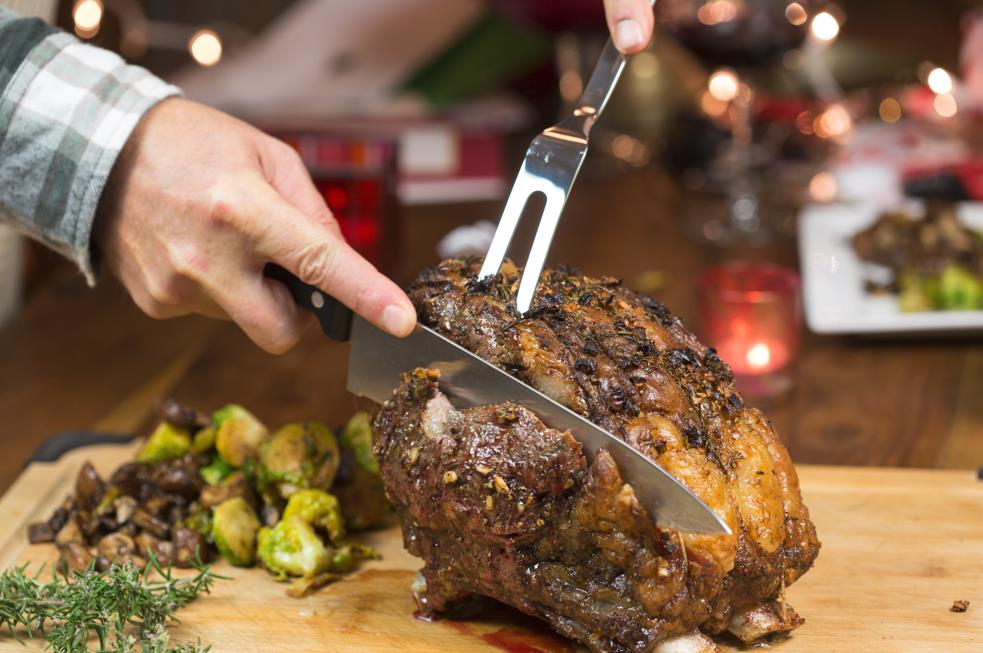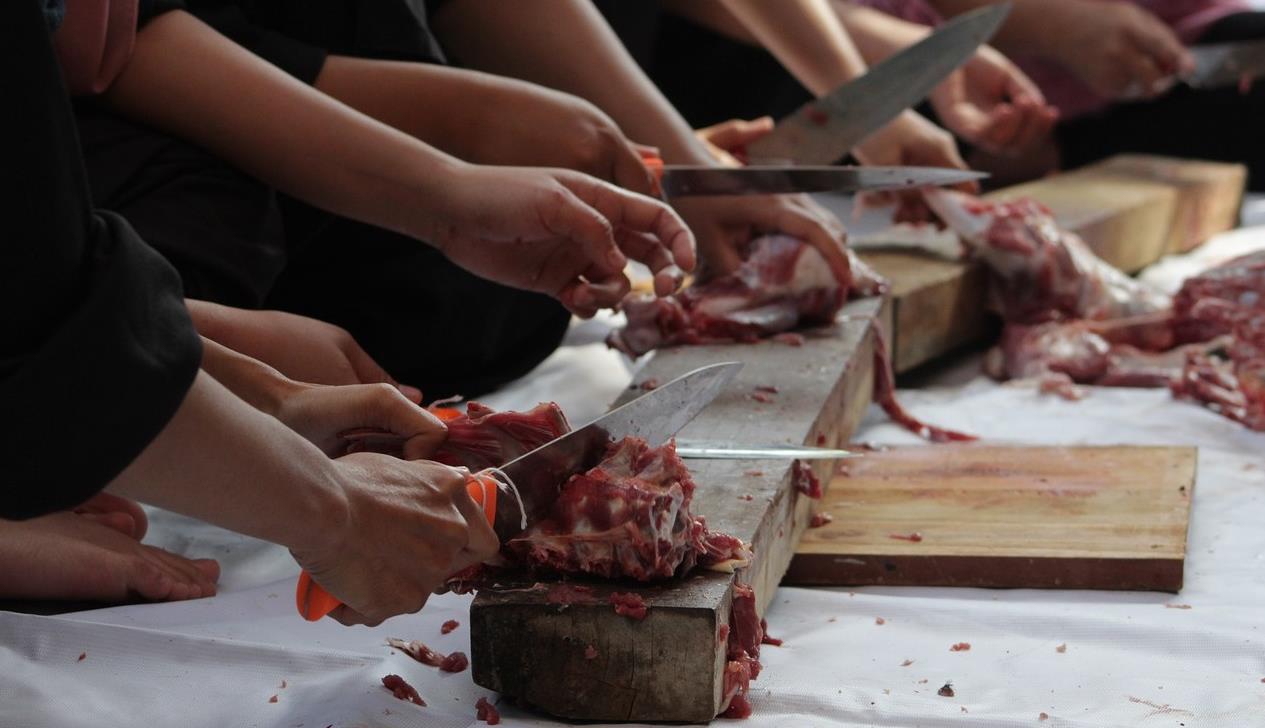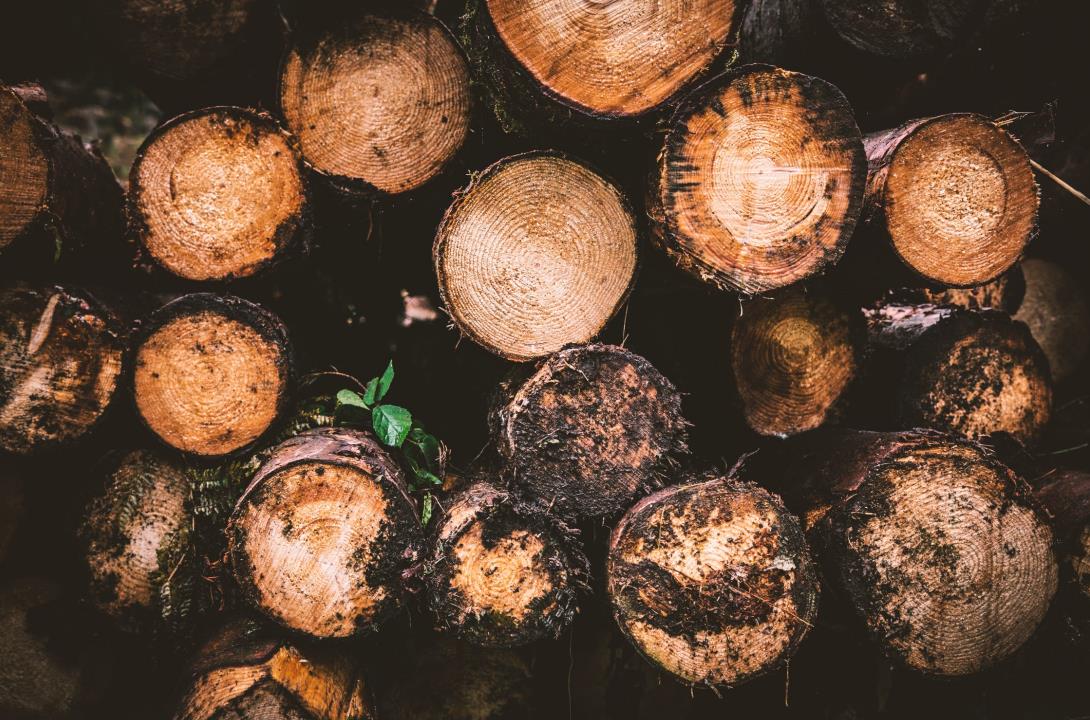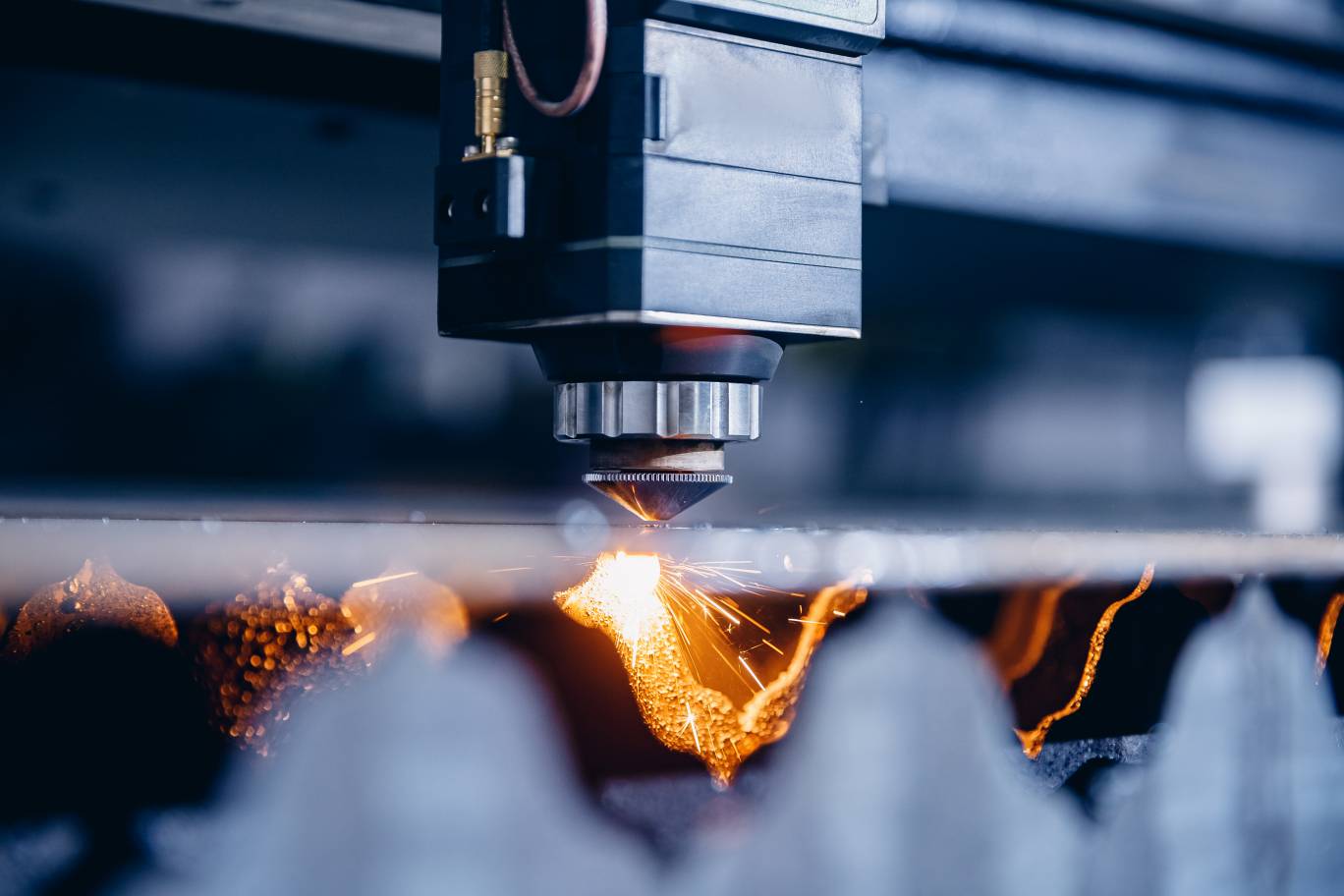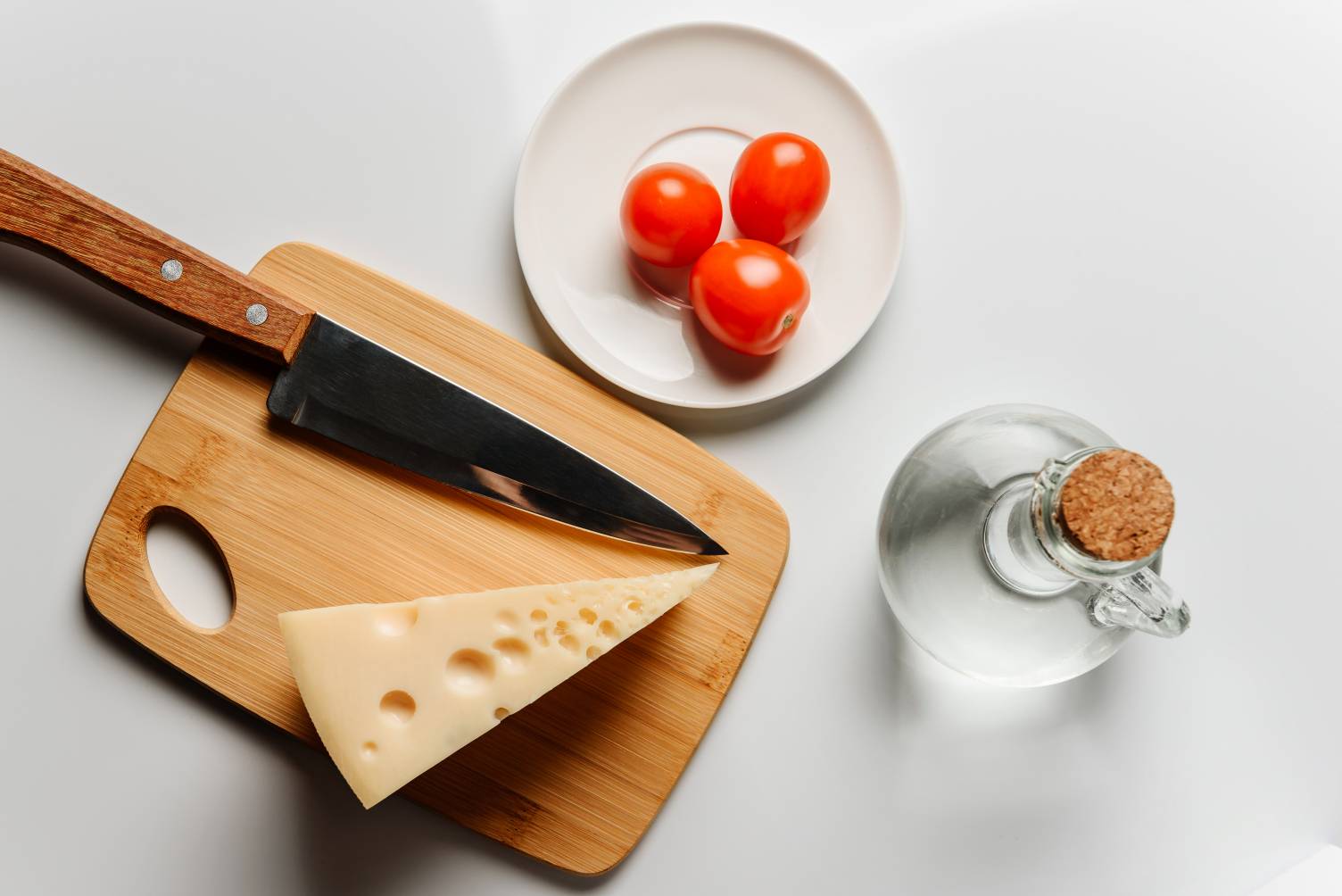Let’s face it: Ordinary kitchen knives cry at the first sign of abuse. They don’t slit through meats and bones, or knock out hard fruit shells either. This is why you need a tool that is a true splitter at heart: a cleaver!
The precise culinary cuts and its versatility to take on any chopping tasks make the cleaver the ultimate priority for chefs. You can use it make massive, repetitive blows, tenderize meat, to crush garlic, and more!
Simply put, whether you’re starting out on your culinary journey, are a kitchen enthusiast, or a picky shopper with a great choice, your kitchen arsenal is incomplete without a cleaver. Kitchen tasks can be made effortless without shopping for an extensive variety; if you wisely invest in the right kitchen tool.
Let us walk you through the many cleaver uses that will compel you to upgrade your kitchen tools NOW than later.
Table of contents
But first, what is a cleaver?
Cleavers are heavy, sharp knives that resemble rectangular or square-based hatchets. Their weight and sheer momentum help drive down precise culinary cuts to any obstacle coming their way. They painstakingly slit through vegetables, fruits, meats and bones in a way that provides culinary ease to the hand at work.
What makes a cleaver so good?
Simply put, its sheer versatility! Whether it’s pounding, slicing, mincing, chopping, or crushing and dicing, the many cleaver uses make it a number one handy cutlery tool!
Having this classic cutlery masterpiece allows making hefty kitchen tasks seem like a hot knife through butter. It also saves you the hassle of having to switch between alternative knives.
On the whole, these gentle giants are primarily used for precision cutting through meat and vegetables. You must, however, choose the right shape and size of a cleaver, as it impacts the overall flavor and presentation of your meal.
Handpicked for you
True cutting power in the palm of your hand
How to hold a cleaver
A heavy cleaver might look intimidating, but sporting the right grip can help you chop, dice, or mince your culinary obstacle with ease. To begin with, the cleaver must be held closer to the blade. The next step entails placing the thumb over one side of the handle, curling the remaining fingers on the other side. This grip is used by chefs when they are not doing anything tough, such as chopping vegetables.
For added control, another grip you can use is by gripping the handle at the position where it connects to the blade. Begin by putting your thumb on one side of the cleaver’s blade. Next, position your index finger on the other side. This is called the second grip. It is also important that you make sure that your main grip pressure is distributed evenly between your thumb and index finger for all your cleaver uses.
Basic cleaver uses
A cleaver knife is distinct for its durable, rectangular blade and serves as a versatile tool in various cutting tasks. From preparing thick cuts of meat to chopping hearty vegetables, the cleaver’s design maximizes efficiency in the kitchen.
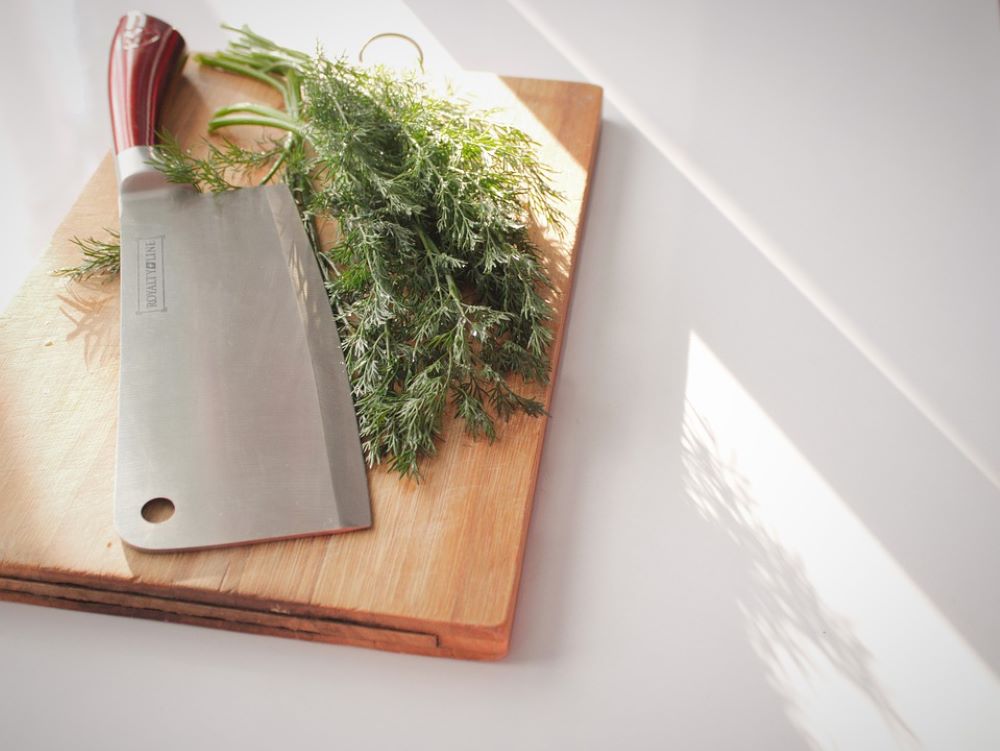
Meat preparation
When handling meat, your cleaver knife excels in slicing through thick cuts with ease. Its sharp edge and weighty build allow you to cut through beef, pork, and poultry. You can also use the flat side of the blade to tenderize meats before cooking. Butchers typically rely on meat cleavers for breaking down large carcasses into smaller, manageable pieces.
Vegetable chopping
For root vegetables like potatoes and squash, your cleaver knife can effortlessly chop and dice without unnecessary strain on the wrist. Its broad blade also serves as a convenient scoop to transport chopped items from the cutting board to your cooking vessel, enhancing your kitchen workflow.
Crushing
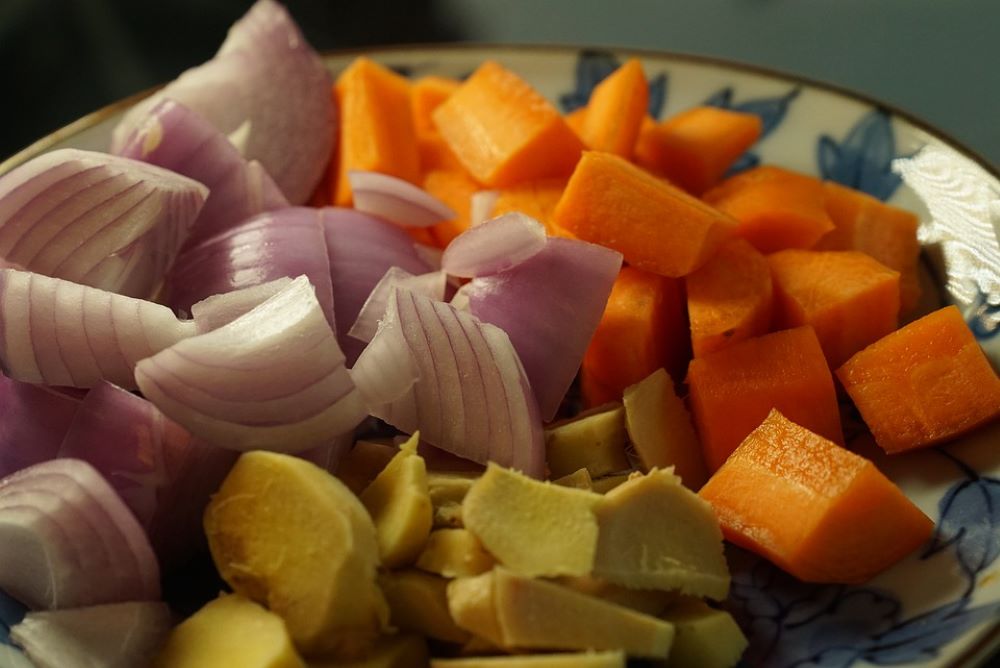
Place the flat side of the blade onto ingredients such as garlic, then press down firmly to crush them. Garlic stands out as one of the most frequent ingredients that benefits from the use of a cleaver for crushing. Additionally, certain vegetables like cucumber and carrots can be transformed into a mushy consistency by employing this technique, allowing for quicker preparation and versatile culinary applications.
Transferring
Because the blade is wide, it’s easy to use the side of the knife to move chopped ingredients from the cutting board to a bowl. This makes cooking easier and helps to avoid wasting food. You can quickly switch between chopping and transferring, making kitchen tasks smoother.
Utilization in butcher shops
In butcher shops, the cleaver is an indispensable tool for its robust functionality. It can manage tasks ranging from slicing thick flesh to cutting through bones, all with precision. The use of cleaver knives in such settings underscores their importance for both efficiency and safety in expert hands.
How to take care of a cleaver
A cleaver is a chef’s best friend. Therefore, it must be treated with utmost care and respect. Ensuring the right care will allow the tool to provide you with years of healthy assistance with all your cleaver uses:
Cleaning, storing and maintenance of a cleaver
When choosing a cleaver, the best ones are those that do not corrode and can hold on the edge well. We will discuss more about that in the how to choose a cleaver section. For now, you must ensure that:
- Never run a cleaver through dishwater or try soaking it in water, especially if the handle is wooden.
- Wash away with warm, soapy water.
- Wipe and dry the tool after each use.
- Clean cleaver blade immediately after using acidic substances.
- For best care, store in a knife block.
- Keep the knife away from humid areas, such as the sink and dishwasher top.
Sharpening a cleaver
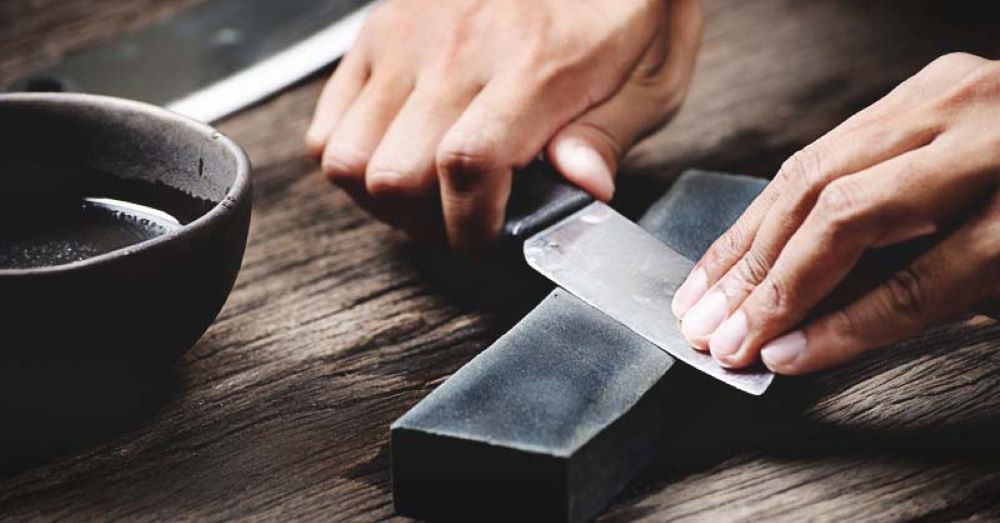
A dull cleaver is a dangerous cleaver, it brings a higher chance of slippery which could be deadly. Here is how you can use a whetstone for sharpening, to keep the knife sharp and minimize the chances of any unwanted incidents in the kitchen:
- Choose a whetstone, preferably between 2000 – 6000 grit.
- Make sure the whetstone has been soaked in water.
- Grip the cleaver with your dominant hand, and position your thumb on the spine.
- Position four fingers of your free hand near the part of the blade close to the tip.
- Slide the blade at a correct angle in a curved motion, making sure that the blade edges are touching the surface of the whetstone.
- Repeat till sharpened.
How to choose a cleaver
Cleavers come in a variety of shapes, sizes, and designs. When choosing a cleaver, you need to decide what kind you want based on your needs and the quality of the knife. Here are the elements that you need to look out for when choosing a particular product for your cleaver uses:
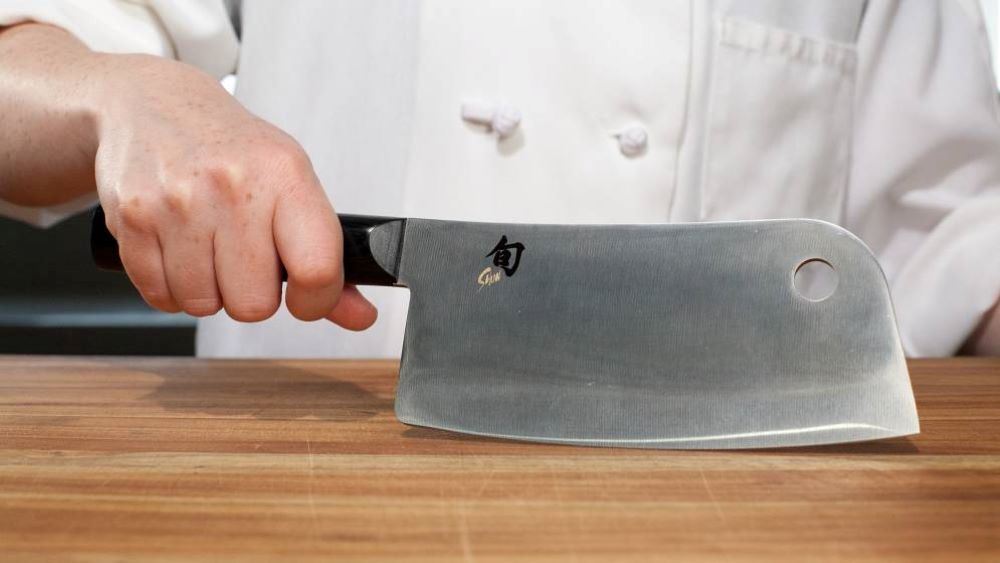
Blade thickness
Chinese cleavers come in a range of blade thicknesses. The thinnest option comes in 2mm options with steeply angled edges. Vegetables can be finely chopped with such blades. The average thickness of cleavers ranges between 3-7mm. Smashing garlic cloves and cutting thin bones is easier with these blades. Heavier blades of 8mm thickness help chop bones and meat chunks.
Blade material
Cleavers made of high carbon steel is considered much sharper. But it will require more care from the chef. It can rust very quickly without proper maintenance. You also need to build a sharpening/honing routine to keep the blade work.
Stainless steel is more suitable for chefs that don’t want to invest much in a knife. Though it’s not as sharp as high carbon steel knives, it does not rust for years of use. Words being said, you still need to take good care of the blade without abusing it every use.
Blade made of high carbon stainless steel like 8Cr13MoV is also an option. It will allow for minimal corrosion and stains. Of course, cleaning and drying the blade will still be an important measure to take.
Blade length
Cleavers come in a variety of lengths and sizes, mostly ranging between 5 and 10 inches. The most ideal length for most cleaver uses is 7 inches. Anything longer than that requires practice to use.
Tang
This is the part where the back portion of the blade connects with the handle. Full tangs of cleavers run from the center to the hilt. Such tangs are strong and durable. Also brings more weight to the knife.
Partial tangs have blades and handles that are not continuous. This kind of knife is cheaper in production since less metal was used. But it could snap during use at any time.
Handle
Cleaver handles come in a variety of materials. Choosing a cleaver handle will depend on your level of comfort. Plastic, wood, rubber, and stainless steel are some of the options to choose from for all types of cleaver uses.
Comfort
A cleaver is a heavy duty tool. Buying a cleaver means choosing something that feels solid, never heavy. Comfort must be ensured, otherwise tasks can be strenuous and you won’t enjoy working in the kitchen.
Takeway
After mastering these basic cleaver uses, you will be amazed by their adjustability to any kitchen. Whether you are a professional or a home chef, a cleaver can be the star of your kitchen knife set, and quickly take over the place to be your most used daily knives.
Wanna learn more kitchen knife facts? Whether it’s kitchen hacks or basic knife guides, we get you covered. Check our website for more. If you are looking for that knife of the dream, stopping by our store!

